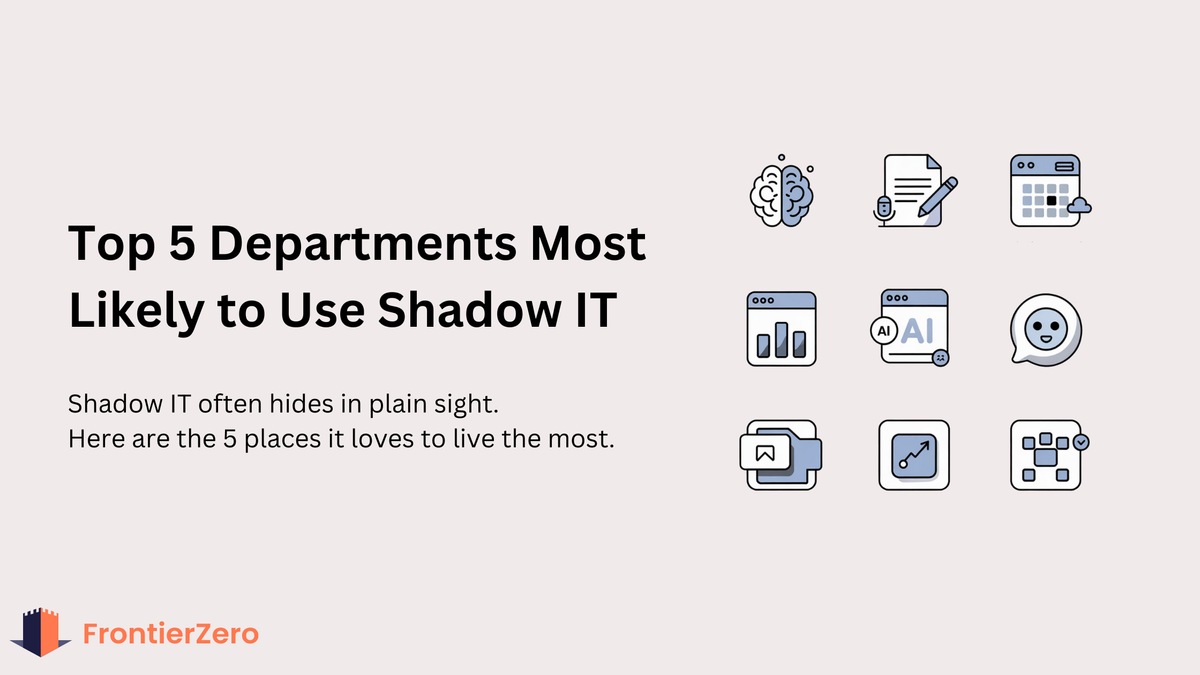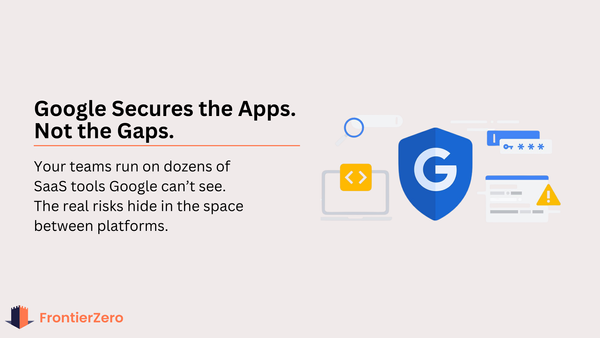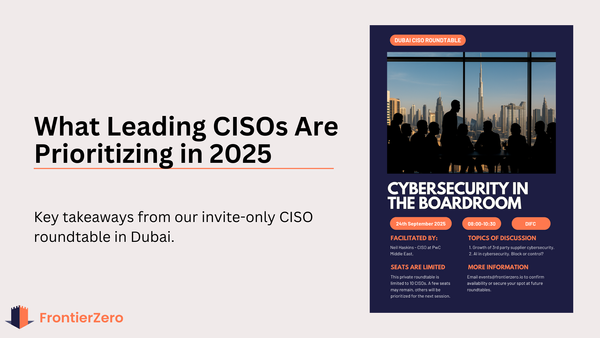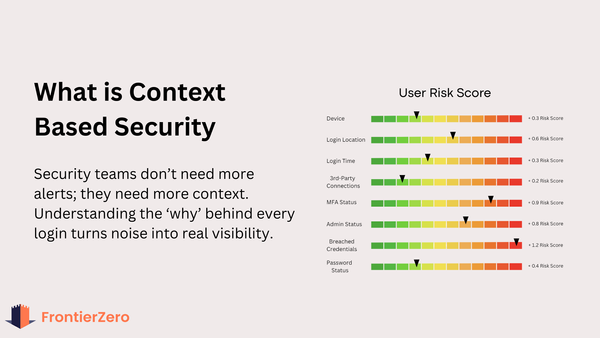The Top 5 Departments Most Likely to Use Shadow IT
Discover the 5 departments most likely to introduce it into your SaaS environment.

Most teams think they have a good handle on their SaaS apps. But the truth? Shadow IT is everywhere.
Shadow IT is when employees or departments adopt apps and integrations without IT’s approval — often just to “get the job done faster.”
And it’s not just an inconvenience. According to IBM’s 2025 Cost of a Data Breach Report, Shadow IT adds an average of $670,000 to breach costs.
The real problem: most security teams don’t even know these apps exist until something breaks, or until attackers use them as a backdoor.
Here are the five departments most likely to introduce Shadow IT into your environment:
1. Marketing – The SaaS Playground
Marketing teams are serial adopters. New design platforms, analytics dashboards, AI assistants — they’ll try anything that promises an edge.
But many of these tools connect directly to your CRM or pull customer data. If IT doesn’t know about them, you’ve just handed attackers a blind spot with sensitive information.
2. Finance – Convenience Over Control
Finance loves “temporary” SaaS tools for invoicing, reporting, or tax prep. They save time, but they often sit outside your approved environment.
That means critical financial data is being stored in unvetted apps, and when auditors or regulators ask where the data lives, there are no clear answers.
3. HR – A Data Goldmine
Few departments hold more sensitive data than HR: payroll, addresses, national IDs, and even medical details.
When HR adopts recruitment platforms or onboarding apps without security checks, attackers don’t just get a new entry point; they get the keys to your people’s most personal data.
4. Operations – “Whatever Works”
Ops teams adopt tools fast. File sharing, automation bots, niche workflow apps. Whatever gets things moving.
But every one of those apps creates a new integration. And when they’re invisible to IT, they quietly expand your attack surface.
5. Sales – Shadow IT Champions
Sales lives by speed. New CRMs, lead trackers, plug-ins — if it helps them close, they’ll use it.
But one unsanctioned sales app connected to your pipeline can compromise every deal in progress. And because it’s “just sales,” many teams underestimate the risk until it’s too late.
Why This Matters
Many IT teams still dismiss Shadow IT as a minor nuisance. In reality, it’s a structural security gap.
You can’t revoke access you don’t know exists.
You can’t monitor permissions on apps you’ve never approved.
You can’t explain to leadership why a breach happened through an app no one tracked.
Attackers don’t need your firewall — they just need the one app a department quietly added last year that’s still connected to your data.
And when you look at the sheer number of tools out there, one thing becomes clear:
✅ Some are officially approved.
✅ Some are company standards.
❌ But a huge number are neither — they’re just apps employees grabbed to get their work done.
Now layer on the data they touch: customer details in Marketing, payroll in HR, transactions in Finance, pipeline info in Sales.
That’s not a nuisance. That’s a business risk hiding in plain sight.
How to Take Control
At FrontierZero, we help IT managers and CISOs get ahead of Shadow IT by giving them full SaaS visibility.
In just 15 minutes, you can:
- Map every app and account in use across departments
- Spot risky integrations and stale accounts
- Understand context — who’s using it, what data it touches, and whether MFA is enforced
- Prove control to regulators and insurers with audit-ready reports
- Move from one-time “point-in-time” checks to continuous visibility
📘 Explore our CISO Guide to Shadow IT for a deeper breakdown. ⚡ Or uncover hidden Shadow IT in your own environment today with a free trial.




